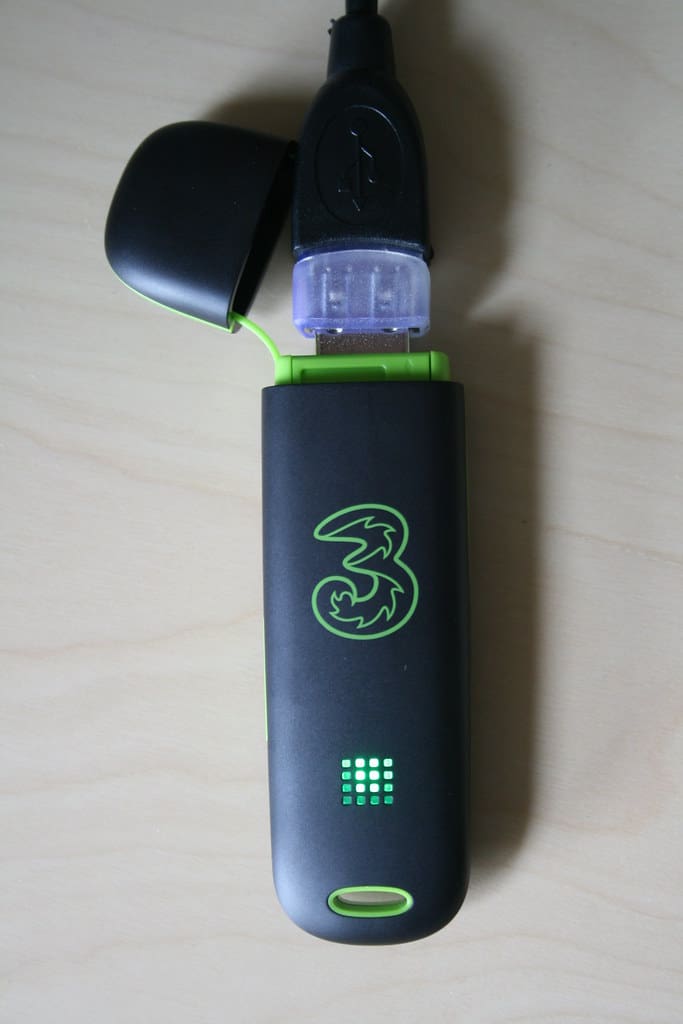HSPA, or High-Speed packet access, refers to third-generation technology for mobile broadband. It mainly consists of two protocols that are used in tandem, known as HSDPA and HSUPA. HSDPA refers to High-Speed Downlink Packet Access, and HSUPA refers to High-Speed Uplink Packet Access.
These two protocols have some distinct features.
Key Takeaways
- HSDPA (High-Speed Downlink Packet Access) enhances download speeds, while HSUPA (High-Speed Uplink Packet Access) improves upload speeds.
- HSDPA focuses on providing better multimedia and data services, while HSUPA aims to improve interactive applications like video conferencing and online gaming.
- HSDPA and HSUPA work together in HSPA (High-Speed Packet Access) technology to provide a balanced, high-speed mobile internet experience.
HSDPA vs. HSUPA
HSDPA increases data transmission speed by using advanced modulation techniques and allotting more bandwidth to individual users. HSUPA is a technology used to increase the speed of data transmission, providing upload speeds of up to 5.76 Mbps. It achieves its high speeds by using advanced modulation techniques.

HSDPA, or high-speed downlink packet access, refers to a mobile communication protocol that helps networks based on UMTS have a higher data transfer speed.
HSDPA, or High-Speed Downlink Packet Access, was one of the many initiatives designed to improve the 3G system to keep pace with IoT and mobile advancements.
HSUPA, or high-speed uplink access, refers to a mobile communication protocol that helps networks based on UMTS to have higher data uplink rates.
It performs well by scheduling more efficient uplinks in the faster retransmission control and base station. It is also known as E-DCH or Enhanced Uplink Dedicated Channel.
Comparison Table
| Parameters of Comparison | HSDPA | HSUPA |
|---|---|---|
| Definition | HSUPA refers to a mobile communication protocol used in UMTS radio networks to speed up data uploads. | Most of the time, HSDPA is deployed way ahead of HSUPA. |
| Aim | The main aims of HSDPA were to reduce the cost per bit of information and increase the subscriber numbers per cell and decrease the delays. | The main aim of HSUPA is to provide higher downlink speeds. |
| Affect | HSDPA affects browsing and downloading. | HSUPA affects sending emails and uploading files. |
| Deployment time | Most of the time, HSUPA is deployed later than HSDPA. | Most of the time HSUPA is deployed later than HSDPA. |
| Speed | HSDPA is faster than HSUPA. | HSUPA has a lower speed compared to HSDPA. |
What is HSDPA?
HSDPA, or High-Speed Downlink Packet Access, refers to an enhanced third-generation mobile communication protocol known as 3G+ AND 3.5G.
HSDPA helps networks based on UMTS achieve higher capacity and data speeds. It was introduced with Release 5 of 3GPP.
Introducing HSDPA for UMTS networks, doubled the network’s capacity and enhanced the speeds of downloading data by almost 5 times.
Initially, HSDPA was deployed at 1.8 Mbps, but later it increased its speed. It specifies the transfer speed of data up to 2 Mbps per cell for uploads and 14.4 Mbps for downloads.
It delivers lower latency compared to 3G, which means low numbers of dropped data packets and less laggy performance. For this, HSDPA is very useful in areas like time-sensitive industrial areas.
It also opened up new opportunities for delivering IoT projects using cellular networks.
In 2007 many telcos began selling HSDPA modems worldwide to provide mobile broadband connection. The popularity of HSDPA has increased the sales of landline replacement boxes over the years.
These boxes provide HSDPA for data via WiFi and Ethernet. The HSDPA connection 250 HSDPA networks launched mobile broadband services commercially in 109 countries in 2009.

What is HSUPA?
HSUPA or High-Speed Uplink Packet Access refers to a third-generation radio interface standard for wireless cellular data cards or handsets that improves traffic handling and increases the data rate of existing UMTS standards.
It works with the third-generation mobile telephone network and provides a maximum speed of 5.76 Mbps.
HSUPA is both a successor and a compliment to HSDPA, which provides very fast data rates, but only for the download side or downlink.
HSUPA networks and devices consist of HSDPA and WCDMA technology. These are backward-compatible with networks and devices which support only those technologies.
HSUPA is defined and maintained by the 3GPP or Third Generation Partnership Project. The 3GPP group consists of several telecommunication associations and is involved in making specifications for the third-generation mobile phone system.
3G allows the simultaneous transfer of non-voice and voice data among its services. To use HSPA protocols, your mobile device needs to be HSPA-enabled.
HSUPA improves the E-DCH’s performance by reducing delays and increasing throughput. HSUPA enhances the speed of connectivity of mobile devices with the network.
It is designed to quickly match the required protocol parameters and signal for wireless communication. It also reduces the latency to improve performance.

Main Differences Between HSDPA and HSUPA
- HSDPA is a mobile communication protocol used in UMTS radio networks to speed transfer rates and improve data capacity. On the other hand, HSUPA refers to a mobile communication protocol used in UMTS radio networks to speed up data uploads.
- The main aims of HSDPA were to reduce the cost per bit of information and increase the subscriber numbers per cell and decrease the delays. The main aim of HSUPA is to provide higher downlink speeds.
- HSDPA affects browsing and downloading. HSUPA affects sending emails and uploading files.
- Most of the time, HSDPA is deployed way ahead of HSUPA. On the contrary, most of the time, HSUPA is deployed later than HSDPA.
- HSDPA is faster than HSUPA and has a lower speed than HSDPA.




